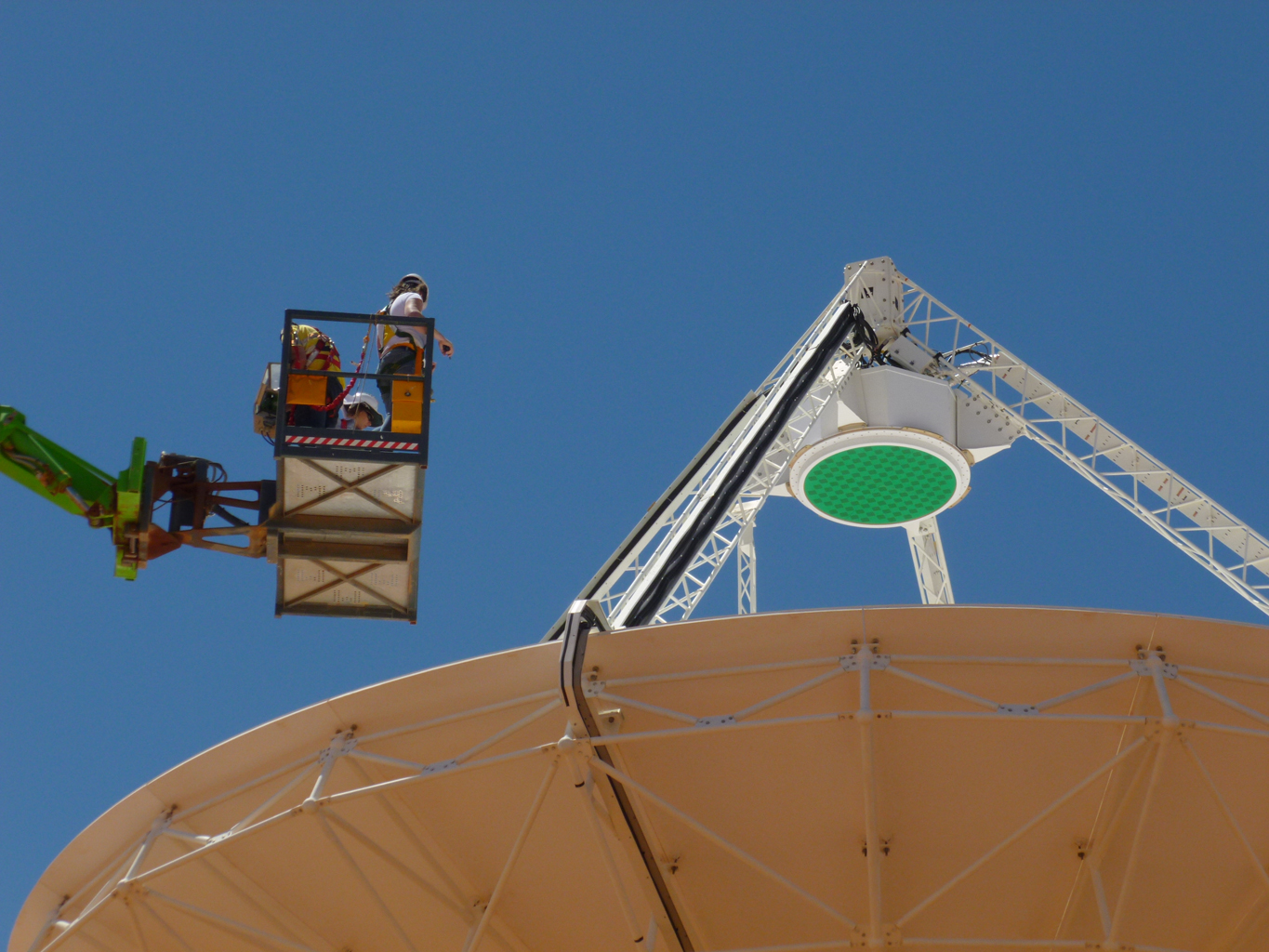If you’re into astronomy, you may have already been to some of our visitors centres, like the ones at Parkes, Narrabri and Tidbinbilla.
The home of our newest telescope, ASKAP, however, is not the sort of place you’re able to visit. In fact, the remoteness of the Murchison Radio-astronomy Observatory and the lack of people is what makes it perfect for astronomy.
We sat down with Suzy Jackson, a CSIRO engineer, to find out more about her work on ASKAP commissioning.
CSIRO’s Suzy Jackson works both in the lab and the field on our newest telescope, ASKAP. Credit: Tim Wheeler Studios.
What was your first impression of the MRO?
The first time I saw the MRO there was nothing – just endless desert – since then it feels like 36 large dishes have magically materialised, along with a nice, comfortable air-conditioned control building.
I was also amazed at the wonderful diversity of wildlife in the desert. Far from being barren, the environment is full of lizards, kangaroos, emus, goannas, and the night sky is wonderful, with the whole Milky Way running across the horizon.
What’s an average day like for you at the MRO?
My daily routine is fairly varied. We have breakfast at 7, then head out to the observatory at to continue with installation and maintenance work. We might be installing a PAF (ASKAP’s radio-camera receiver) on an antenna one day, or debugging a piece of support equipment that’s causing trouble the next. We finish around 5pm, only to get up and do it all again the next day.
The view from on high: three stories above the ground, Suzy works on an ASKAP receiver (the round green board).
What are people least likely to know about building ASKAP?
The scope of what we’re doing is hard for people to grasp. All the thousands of electronic and optical connections that have to work reliably. When we make diagrams of things, we represent whole bundles of fibres with a single line on a drawing. When it comes to actually building that stuff, it’s often a big surprise that the sexy individual things, like correlator FPGAs, don’t really figure in the grand scheme of things when it comes to effort compared to the boring connectors and cables.
What do you find most challenging about working out at the MRO, and how do you deal with it?
The environment here is really harsh. From December through to March the temperature is generally above 40 degrees during the day. When that’s combined with arduous work outside installing receivers etc. it can be pretty tough. We plan this sort of work carefully, and try to do the hard stuff earlier in the morning when it’s relatively cool, and work in short bursts with time in the air-conditioning in between.

What about the best part of working at the MRO?
It’s been such a pleasure to see a whole observatory go from nothing to daily operations, and being involved right from the start. I think it’s really wonderful that we’ve been able to create such a fantastic instrument in the pristine radio environment that we get out here in the middle of nowhere. When we first came out here, I never in my wildest dreams envisioned sitting at my laptop typing this in a comfy air conditioned control building, with one of the best internet connections in the world.



